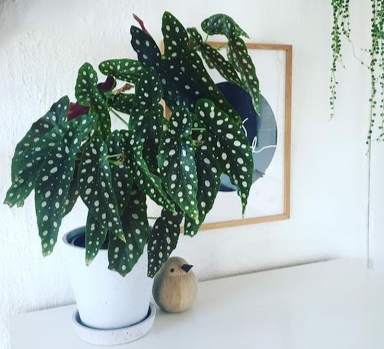
Begonia maculata: How to grow the polka dot begonia
Begonia Maculata: A Comprehensive Guide to Growing the Polka Dot Begonia When it comes to adding a touch of elegance and natural beauty to your indoor space, few plants can match the Begonia maculata, also known as the Polka Dot Begonia. With its distinctively patterned leaves and vibrant green hues, this begonia variety has become […]
Begonia Maculata: A Comprehensive Guide to Growing the Polka Dot Begonia
When it comes to adding a touch of elegance and natural beauty to your indoor space, few plants can match the Begonia maculata, also known as the Polka Dot Begonia. With its distinctively patterned leaves and vibrant green hues, this begonia variety has become a favorite among plant enthusiasts. In this comprehensive guide, we will walk you through the essential steps for successfully growing and caring for Begonia maculata, ensuring that your indoor garden flourishes with this captivating plant.
Getting to Know Begonia Maculata

Description: Begonia maculata, commonly referred to as the Polka Dot Begonia, is a tropical houseplant renowned for its striking foliage. The leaves of this begonia species are the star of the show, showcasing a unique polka dot pattern on a backdrop of lush, glossy green. The bright white or silver spots on its leaves resemble the elegance of fine porcelain. This charming pattern makes Begonia maculata a visually captivating addition to any indoor garden.
Origin: Native to the rainforests of Brazil, Begonia maculata thrives in tropical and subtropical regions, enjoying warm, humid conditions. However, with the right care, it can also thrive in more temperate climates when kept indoors.
Common Names: Apart from Polka Dot Begonia, this plant is also known by various other names, including Angel Wing Begonia, Trout Begonia, or Spotted Begonia.
The Ideal Growing Environment
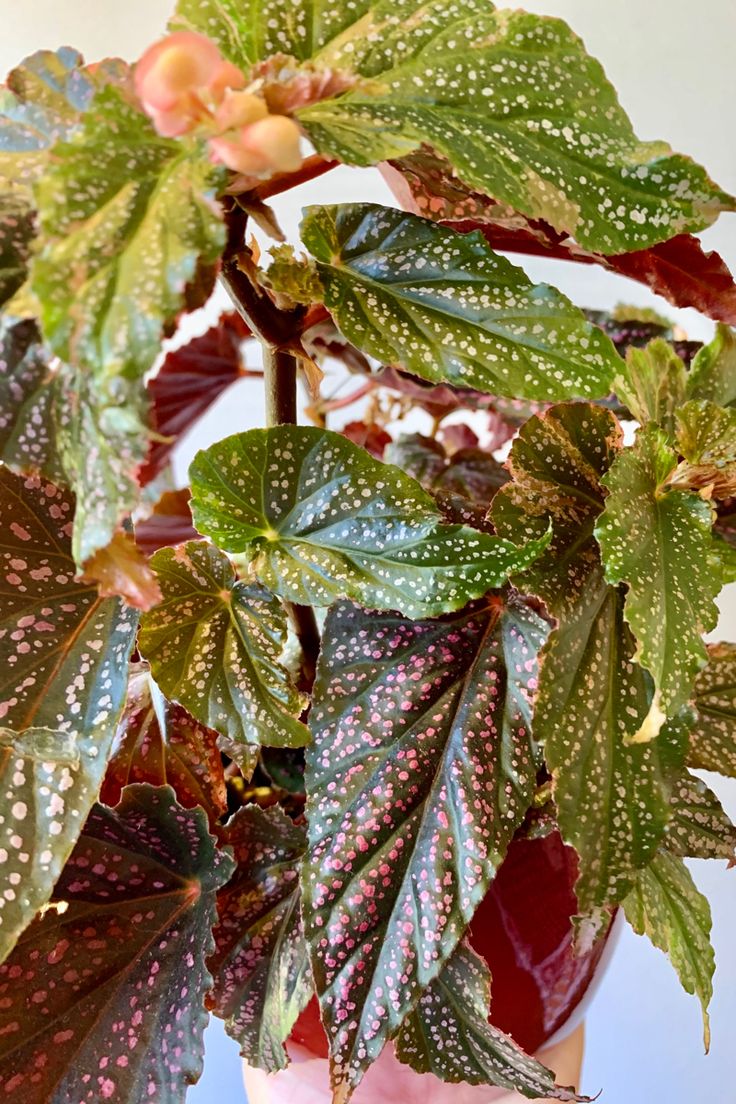
To ensure your Begonia maculata thrives, it’s crucial to replicate its natural habitat as closely as possible. Here are the key elements to consider:
Light Conditions
Begonia maculata prefers bright, indirect light. It should be shielded from direct sunlight, as it can scorch the delicate leaves. Place your begonia near a window with filtered sunlight or use sheer curtains to diffuse the light.
Temperature and Humidity
Maintain a consistent temperature range between 65°F to 75°F (18°C to 24°C). This begonia species thrives in a high humidity environment, so consider using a humidity tray, a humidifier, or misting its leaves regularly.
Soil and Potting
Use a well-draining potting mix, preferably with a slightly acidic pH. A mix that includes perlite or orchid bark can help promote proper drainage, preventing root rot.
Watering
Keep the soil lightly moist but not soggy. Overwatering can lead to root rot, so it’s best to water your Begonia maculata when the top inch of soil feels dry.
Planting and Repotting
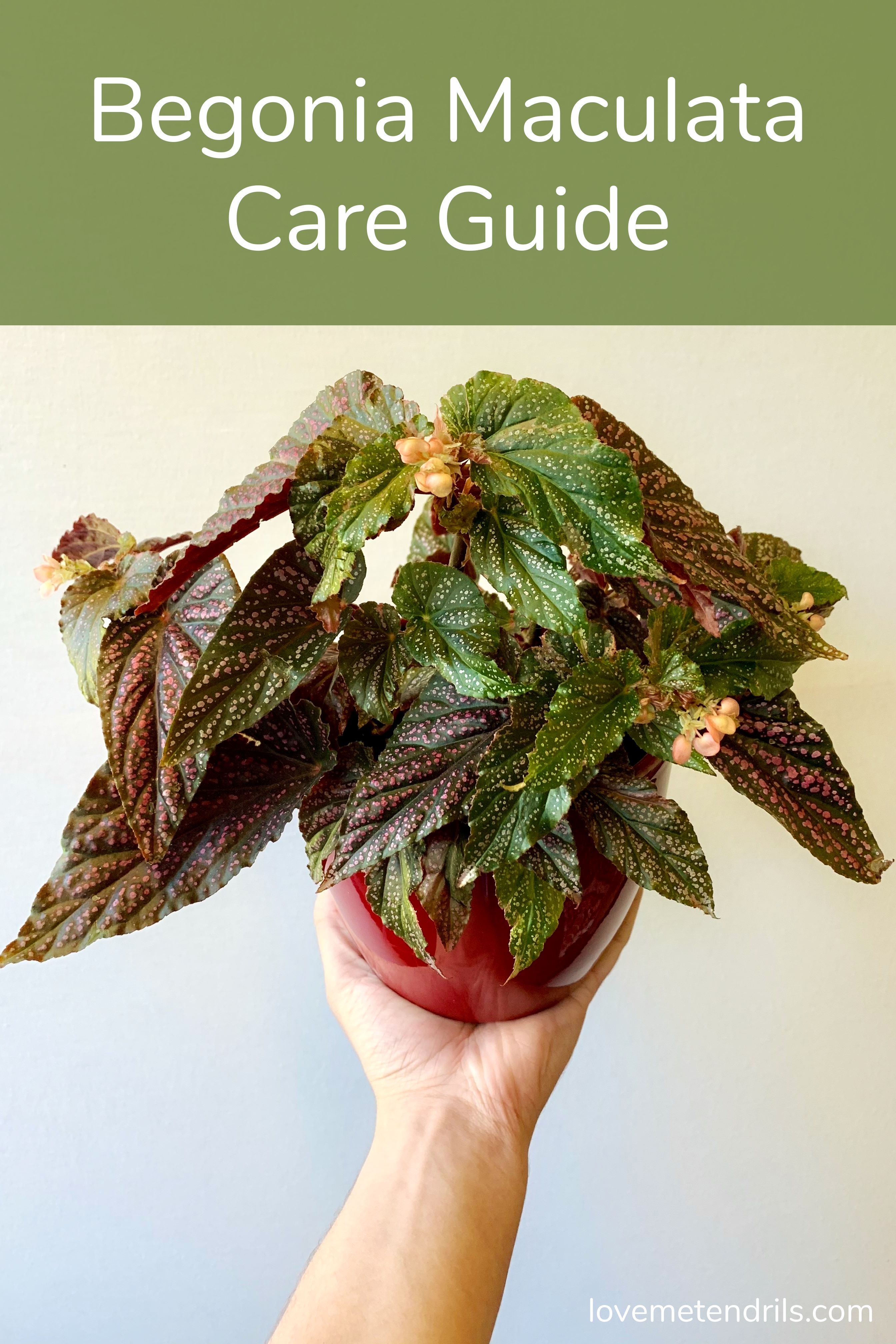
When initially planting your Polka Dot Begonia, choose a pot that allows for good airflow and drainage. A pot with drainage holes is essential to prevent waterlogged soil. If your plant begins to outgrow its pot, consider repotting it during the spring months to provide more space for its roots to expand.
Fertilizing
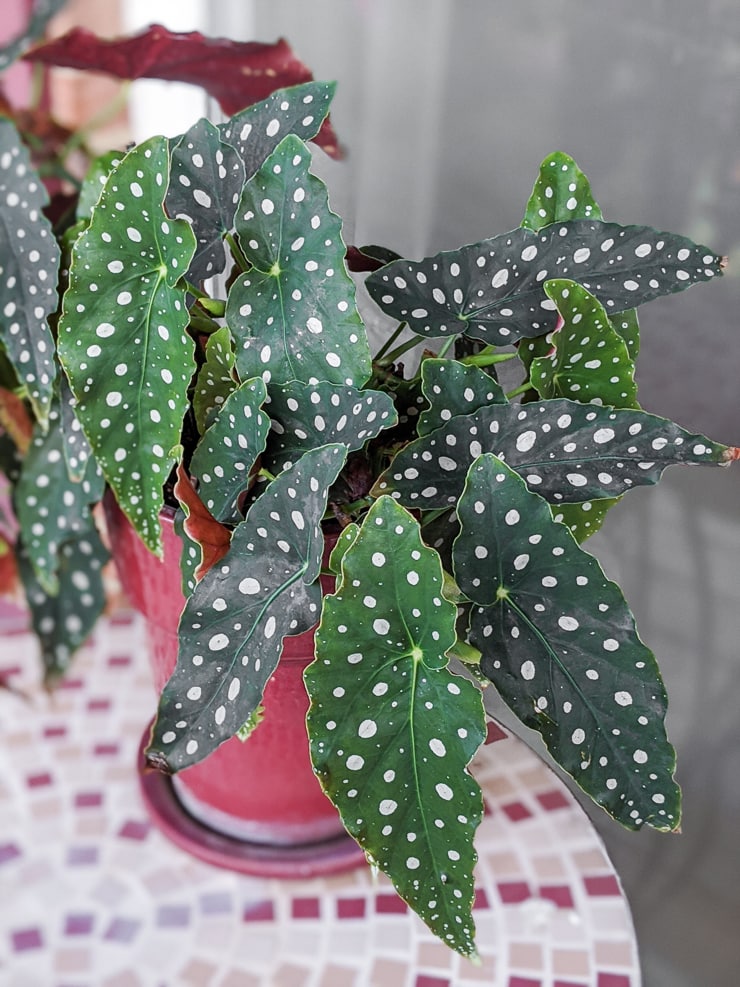
During the growing season, which typically runs from spring to early autumn, you should feed your Begonia maculata with a balanced liquid fertilizer. Dilute the fertilizer to half-strength and apply it every four to six weeks. Reduce feeding during the winter months when the plant is in a state of dormancy.
Pruning and Maintenance
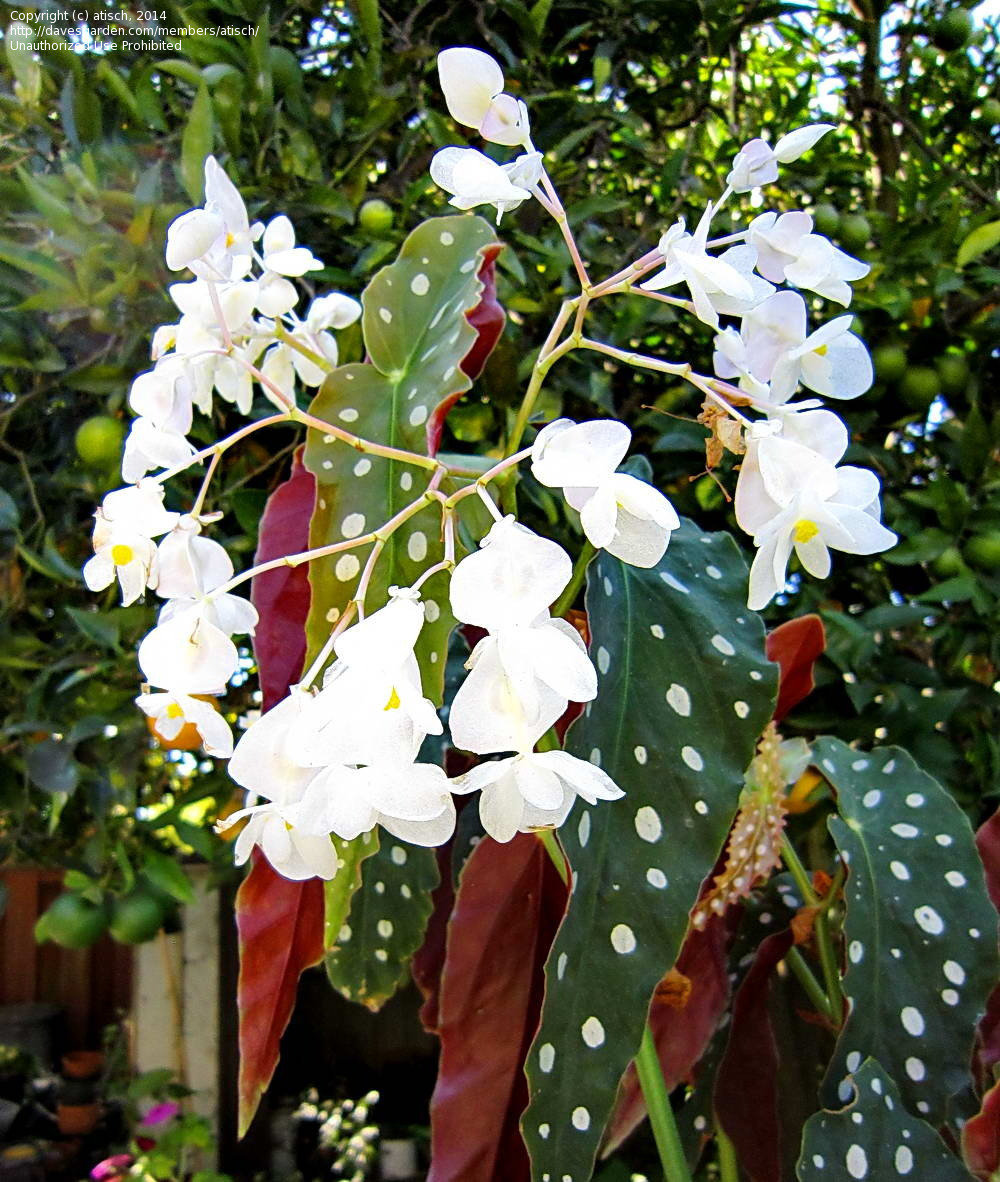
Regular pruning can help your Begonia maculata maintain its desired shape and size. Trim back any leggy or overly long stems to encourage bushier growth. Additionally, remove any dead or yellowing leaves to maintain the overall health and appearance of the plant.
Dealing with Pests and Diseases
While Begonia maculata is relatively resilient, it may still be susceptible to common houseplant pests like mealybugs and spider mites. Inspect your plant regularly, and if you notice any signs of infestation, treat it promptly with insecticidal soap or a neem oil solution.
Propagation
If you wish to share the beauty of your Polka Dot Begonia with friends and family, propagation is a viable option. You can propagate Begonia maculata through leaf cuttings or stem cuttings. The ideal time to do this is during the active growing season in spring or summer.
Conclusion
Begonia maculata, the Polka Dot Begonia, is an enchanting houseplant that can transform your indoor space into a lush, vibrant oasis. With its distinctive foliage and elegant appearance, it’s no wonder that this plant has gained popularity among plant enthusiasts. By providing the right growing conditions, adequate care, and attention, you can ensure that your Begonia maculata thrives and becomes a true centerpiece in your indoor garden.
If you’re looking to add a touch of elegance and natural beauty to your indoor space, consider welcoming the Begonia maculata into your home. With its captivating polka dot pattern and lush green leaves, this tropical houseplant will undoubtedly bring joy and serenity to your living environment. By following our comprehensive guide, you can confidently nurture and care for your Polka Dot Begonia, creating a thriving and visually stunning addition to your indoor garden.
Don’t hesitate to start your Begonia maculata journey and enjoy the rewards of this unique and captivating plant. From its origins in the Brazilian rainforests to the elegant spots that adorn its leaves, the Polka Dot Begonia is a plant worth celebrating and nurturing.
FAQ
Q: How often should I water my Begonia maculata?
A: Keep the soil lightly moist but not soggy. Water your Begonia maculata when the top inch of soil feels dry.
Q: Can Begonia maculata tolerate direct sunlight?
A: No, Begonia maculata prefers bright, indirect light and should be shielded from direct sunlight.
Q: How can I propagate my Begonia maculata?
A: You can propagate Begonia maculata through leaf cuttings or stem cuttings during the active growing season in spring or summer.
Q: What should I do if my Begonia maculata gets infested with pests?
A: Inspect your plant regularly and, if you notice any signs of infestation, treat it promptly with insecticidal soap or a neem oil solution.
Q: When is the ideal time to repot my Begonia maculata?
A: Repot your Begonia maculata during the spring months if it outgrows its current pot, providing more space for its roots to expand.
tag
- chicken feed
- how to Keep Chickens Off Your Porch
- How to grow oyster mushrooms at home
- Growing Kale in Pots







